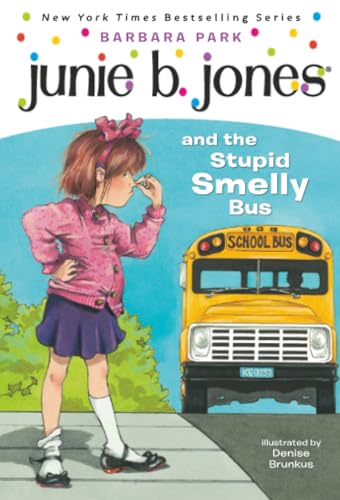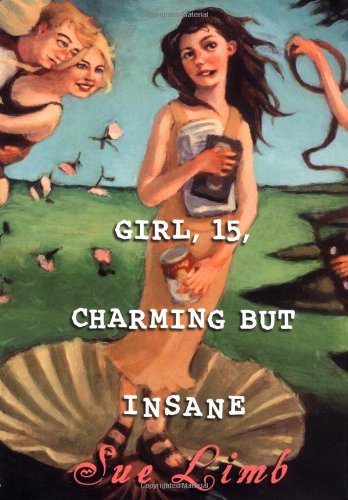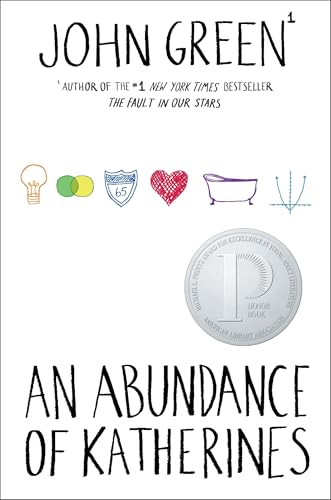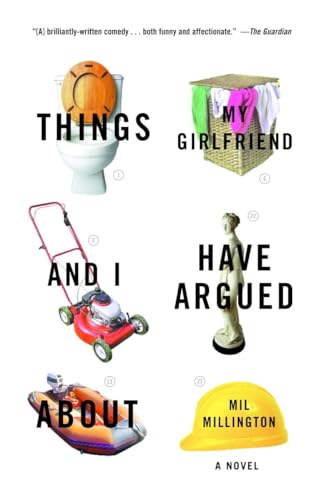Now my girls are more grown up, and while I still prefer books that are DBF, those that aren’t no longer send me into crying fits. But those books where the mom is dead, now those touch a nerve.
It has long been a staple of fairy tales that the mom dies. You know, Cinderella, Snow White, etc. And Disney took those stories on and kept it up with Bambi, Herbie the Love Bug, etc. Then teen books got in the game. My favorite by Sonya Sones even makes fun of the trend with One of Those Hideous Books Where the Mother Dies.
 So, I picked up Pieces of Georgia and by the second page, I realize that the mom is dead. Bummer. But the book was thin and in verse, so I knew I could finish it fast and that was enough incentive for me to read it.
So, I picked up Pieces of Georgia and by the second page, I realize that the mom is dead. Bummer. But the book was thin and in verse, so I knew I could finish it fast and that was enough incentive for me to read it.Thirteen-year-old Georgia has lived without her mother for six years but is still considered “at risk” by her middle school. Her school counselor gives Georgia a journal and encourages her to use it to ask her mother the questions she wants answered. With the journal, Georgia begins a time of discovery about herself, including her love for art. She also begins to look at her relationship with her friend, a rich girl that lives nearby, and finds that money isn’t everything. It sounds very predictable written out that way, but I did enjoy the verse and Georgia’s discovery of herself as an artist.
But for the next month, at least, I’m going to need my books to be Dead Mom Free.
























3 comments:
I recently reviewed Pieces of Georgia for Childrenslit.com. I found it to be a refreshing contrast to teen novels in which girls carry designer purses and shun those less fortunate than they. I also loved the intense relationship with the Wyeth family art--learning to love art in h.s. makes it easier to understand it later.
As I new mom, of a heart patient baby, I can totally understand the need for DBF books! Good luck finding a DMF book for next month.
While I'm personally all about the DBF/DMF concept (I, myself, bereft of human children, need books that are Dead Cat Free), I think that there's a certain value to children's/YA books involving dead babies and dead moms.
Sadness and hurt are, unfortunately, a part of being...well, alive. Of course, silly romantic that I am, I prefer the sort of book where everything is pretty and happy. However, exposure to the harsh realities of life--as long as it's done sensitively--is probably an important if not necessarily pleasant experience for kids. Perhaps more significantly, a tragic experience in literature provides a touchstone for those kids who have experienced tragedy in their own lives.
In the Balto schools, there's been a recent movement to inundate the curriculum with "things the kids can get into." (Again, the bad grammar is NOT mine.) Despite all of the poop that's been foisted upon us, I find that one of the most important stories is found in the old anthology that we used to have, before we got all PC.
James Hurst's "The Scarlet Ibis" is a perfect example. It is a stellar example of memoir; allows teaching of that genre, and offers a glimpse of a time and lifestyle mostly gone. The story, told in the first person, is that of a boy and his younger brother, who is "not quite right" in the parlance of the era. Through the story, the narrator comes to grips with his brother's difference. When, at the end of the story, the brother dies, the narrator must address his feelings about his brother, his own feelings toward him, and his loss.
It's sad, but it's an eye-opener for a lot of kids. My students almost invariably love the story. They can understand the feeling of being different, and almost all of them can relate to the loss of a loved one. Given the relationship of the brothers in the story, there's another element as well: that of not knowing how much you love someone until they're gone. My students seem to home in on that. Several of them have talked to me about it (WOW!!! My students ACTUALLY GOT SOMETHING out of the story!!!) and I've been able to tell them that I, too, have had that feeling.
So, do I WANT to read about dead babies, dead moms, or dead cats? Ideally, no. Yet, I think that we can't keep everything DBF/DMF/DCF, lest we insulate our kids far too much. And, for those kids who've experienced some kind of loss, the presence of loss in literature is an invaluable learning tool.
When you're ready to dive back into the fairytale-setup (mom dead, dad lonely, main character the teenage daughter, enter wicked stepmother) with a contemporary twist, read INNOCENCE by Jane Mendelsohn.
Post a Comment